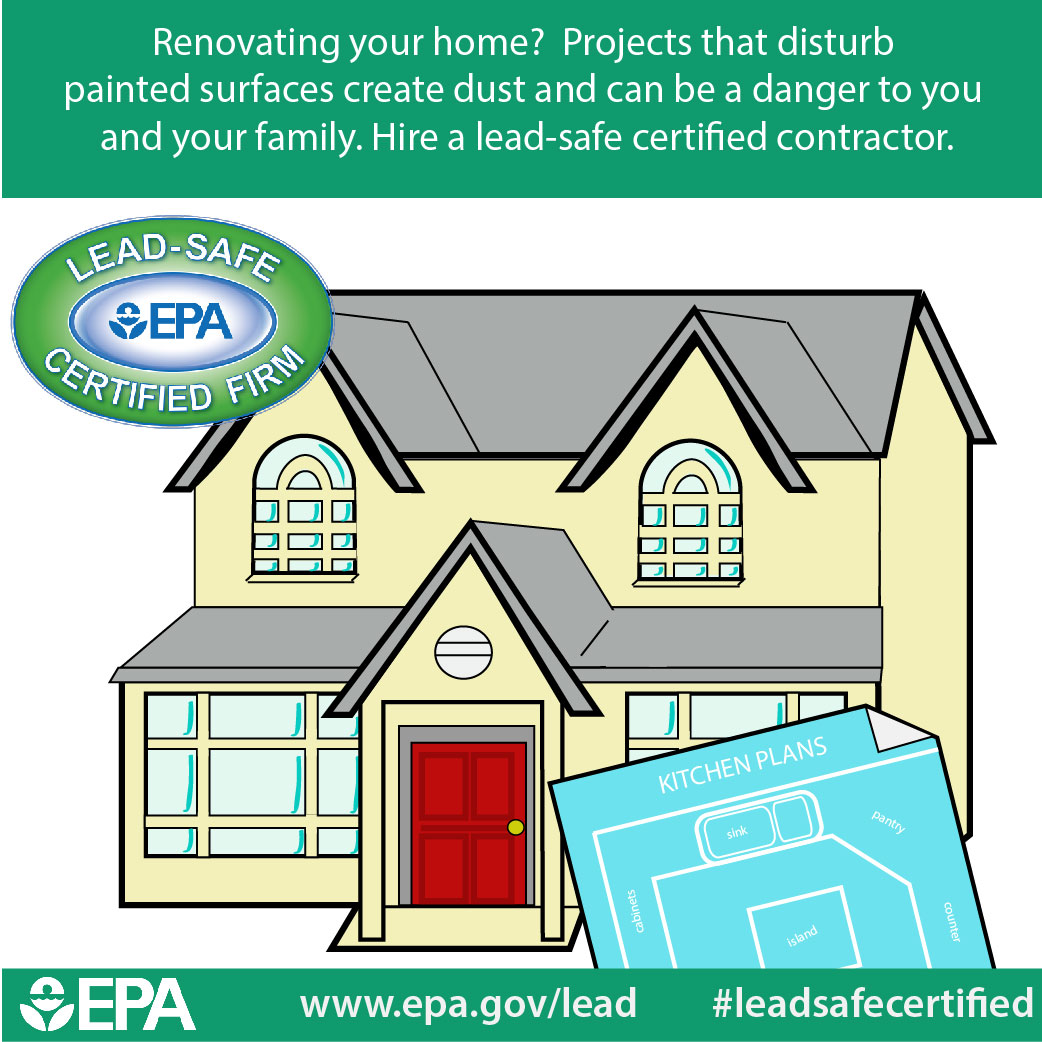Step-By-Step Overview To Preparing Your Wall Surfaces For Repainting
Step-By-Step Overview To Preparing Your Wall Surfaces For Repainting
Blog Article
Content Author-Hickey Balslev
When you're prepping your wall surfaces for paint, it's essential to follow a methodical procedure to guarantee a perfect surface. Begin by analyzing the wall for any type of damage; this step can make or break your project. As soon as you have actually recognized any problems, cleaning the surface appropriately is important, as an unclean wall surface can impact paint bond. After that, you'll need to spot any kind of flaws and apply a guide. But there are specific techniques and tips that can elevate your prep work game-- let's discover those more to attain the most effective results.
Assessing Wall Surface Problem
Prior to you grab your paintbrush, take a minute to examine your wall surfaces' condition. Look for any type of visible damage like cracks, holes, or peeling off paint. These flaws can affect just how the paint sticks and looks as soon as it's completely dry. If https://www.housedigest.com/1132938/magnolia-star-joanna-gaines-best-tips-for-painting-and-decorating-with-darker-colors/ see any kind of substantial damages, you'll require to prioritize repair work before diving right into paint.
Look very closely at the appearance of your walls. Is the surface area smooth, or exists appearance that might require special consideration? Smooth wall surfaces normally call for much less prep, while textured surface areas may require even more time to paint evenly.
Likewise, take into consideration the previous paint job. If the old paint is shiny, it mightn't allow new paint to stick effectively. You'll need to know if your wall surfaces have actually been repainted with oil-based or water-based paint, as this can influence your option of guide or paint.
Lastly, make note of any type of wetness problems. If you see indications of water damages or mold and mildew, address these troubles instantly to stop more difficulties.
Cleaning up the Surface area
Once you've examined the condition of your wall surfaces, the next action is cleaning up the surface. Beginning by collecting your products: a bucket, cozy water, a moderate detergent, a sponge or towel, and a scrub brush for tougher places.
Begin at the top edge of the wall and work your means down. Mix the detergent with cozy water in your pail, after that dip the sponge or towel right into the service. Wring it bent on prevent too much wetness on the wall surfaces.
As you clean, pay attention to locations that might've built up dirt, grease, or finger prints. For stubborn stains, use the scrub brush delicately to stay clear of harming the paint below. Rinse your sponge or fabric regularly in tidy water to stop spreading dirt around.
After cleaning, it's essential to clean the wall surfaces with a wet towel to eliminate any soap residue. This step ensures a smooth surface area for the brand-new paint to abide by.
Allow the wall surfaces to completely dry entirely before proceeding to the following preparation steps. This complete cleaning process will certainly aid produce a fresh canvas for your painting project, making sure the best outcomes.
Patching and Priming
Patching and priming are essential action in preparing your wall surfaces for a fresh coat of paint. First, inspect https://marcoxhqzh.blogmazing.com/32415722/the-reality-of-low-voc-paints-reasons-to-take-them-into-account for any type of openings, fractures, or imperfections. Utilize a high-quality spackling substance or patching paste to fill up these areas.
Use fence painting with a putty knife, smoothing it out so it's flush with the surrounding surface. Enable it to dry totally, and then sand it gently until it's smooth and also.
As soon as you've covered every little thing, it's time to prime. Guide helps seal the covered areas, guaranteeing the paint sticks properly and offers an uniform coating. Select a primer appropriate for your wall kind and the paint you'll be using.
Use the primer using a roller for bigger locations and a brush for edges and sides. If your covered locations are considerably huge or permeable, you may intend to apply a 2nd layer of primer after the initial one dries.
After priming, allowed whatever completely dry extensively before moving on to painting. This prep work won't just improve the look of your walls however also lengthen the life of your paint task.
Take your time, and you'll be pleased with the results.
Verdict
By following these basic steps, you can attain a smooth and expert surface on your walls. Start by assessing their condition, then clean and spot any blemishes before using primer. Keep in mind to permit ample drying out time and make certain every little thing is smooth before you dive into paint. With the right preparation, you'll set the stage for an attractive change in your space. Now, collect your materials, take in the fresh air, and prepare to repaint!
